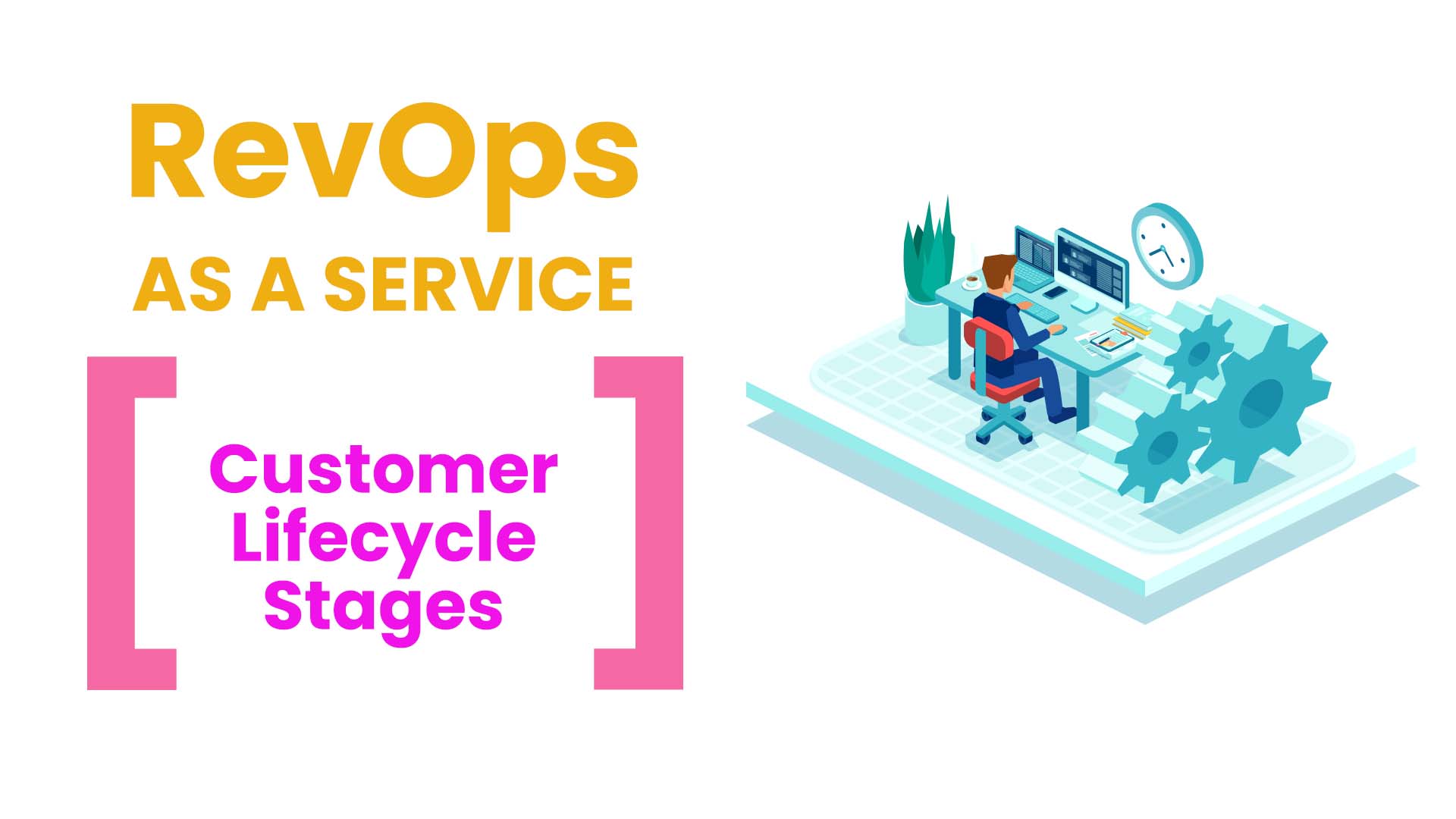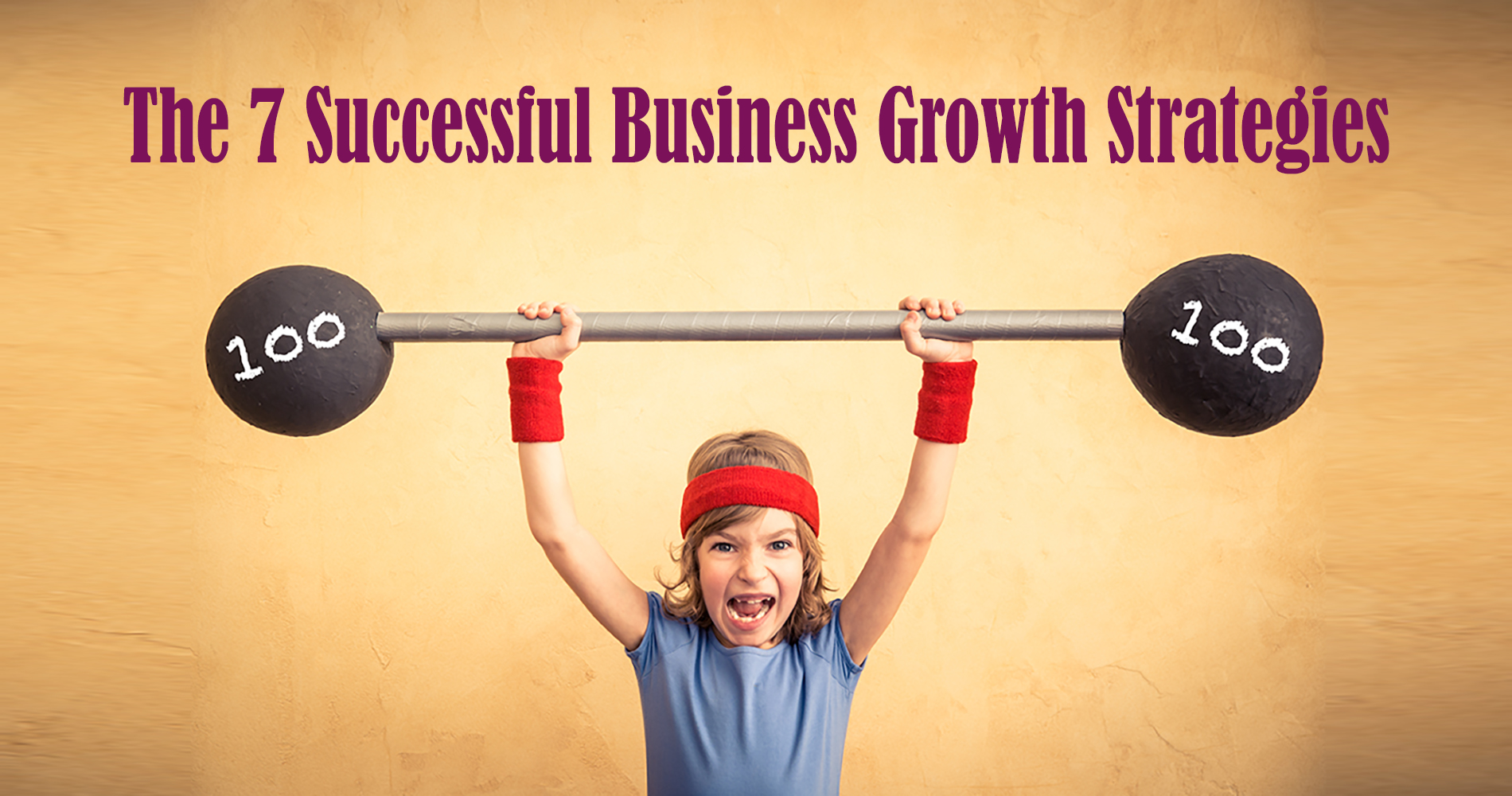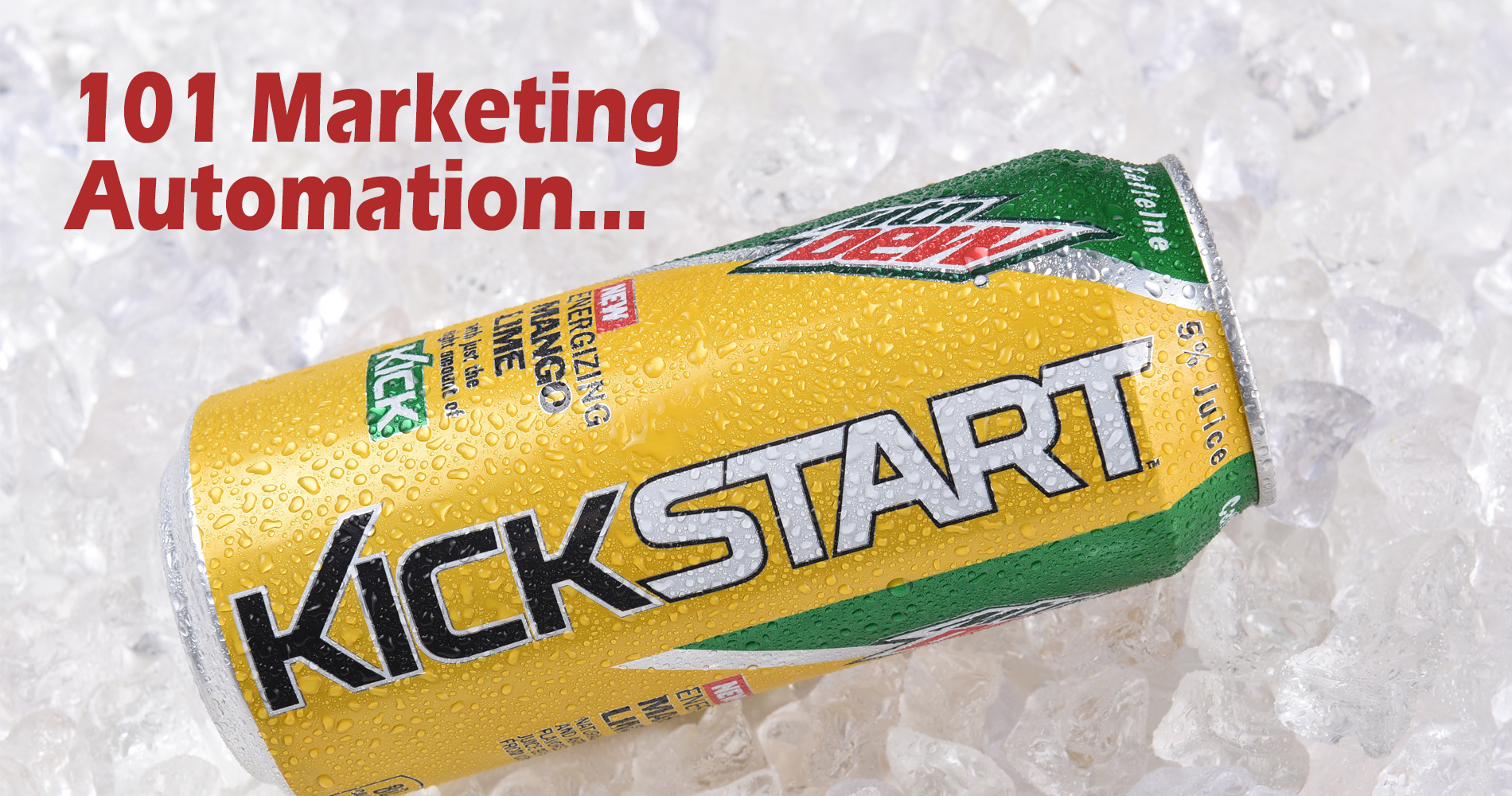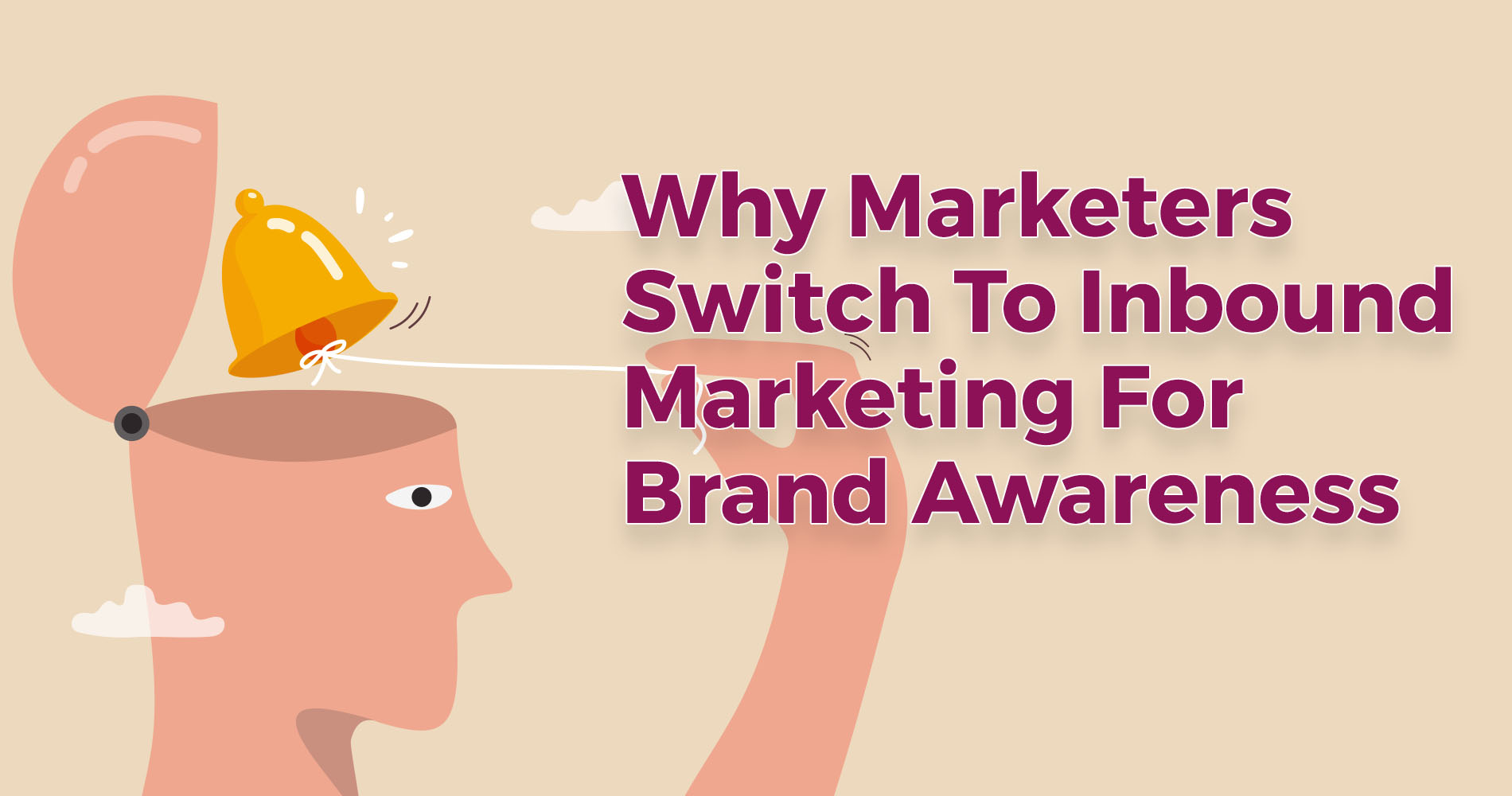In today's highly competitive business landscape, it's no longer enough to have individual departments working in silos. The key to success lies in having a cohesive strategy that aligns all revenue-generating functions of a company. That's where RevOps comes in. It's a strategic approach that integrates different departments, such as sales, marketing, and customer success, to optimise revenue growth and enhance the customer experience.
Let’s look at RevOps as a service and explore how it can benefit the various stages of the customer lifecycle. By examining how RevOps can help businesses improve their processes, streamline operations, and ultimately drive revenue growth, we'll showcase how it can transform your customer lifecycle stages.
The Rise of RevOps
RevOps, a term used to describe the integration of sales, marketing, and customer service functions to optimise revenue growth, has gained significant traction in the business world, particularly among sales and marketing professionals. This buzzword has captured the attention of industry professionals who recognise the importance of aligning operating functions to generate sustainable revenue growth.
Although RevOps has gained popularity in the business world, not every company has a dedicated Head of Revenue Operations or VP of Sustainable Revenue Growth. While the importance of prioritising revenue operations is acknowledged by most successful companies, there are significant differences in how businesses approach RevOps. Some businesses have a Chief of RevOps, who possesses expertise in developing revenue models and go-to-market strategies, supported by a dedicated team of RevOps professionals who are passionate about their work.
However, this is not the case for all businesses. In fact, for many companies, it can be challenging to define the role of a revenue operations person or team, making it challenging to know how to approach RevOps. In this blog post, we'll explore the challenges businesses face when implementing RevOps and provide insights into how to overcome these obstacles to achieve sustainable revenue growth.
What is RevOps as a Service?
RevOps as a service is a business strategy where a company outsources its revenue operations functions to a specialised third-party provider. This approach can be compared to hiring a professional cleaning service to take care of your home instead of spending your own time and resources cleaning it yourself.
Just as a cleaning service has the experience, equipment, and knowledge to clean your home effectively and efficiently, a RevOps service provider has the expertise and tools to optimise a company's revenue operations functions. By outsourcing revenue operations to a third-party provider, businesses can focus on their core competencies while still benefiting from the provider's specialised knowledge and resources.
For example, imagine you run a small business selling handmade kitchens. To increase revenue, you need to optimise your sales, marketing, and customer service operations, but you lack the internal resources to do so. By outsourcing your revenue operations to a RevOps service provider, you can benefit from their expertise in developing sales and marketing strategies, improving customer service, and streamlining operations. This allows you to focus on creating high-quality candles while still achieving sustainable revenue growth.
In simple terms, this means contracting out revenue operations strategies to a company with RevOps expertise. A dedicated team of RevOps professionals will design and implement a customised revenue process that aligns with the specific needs of the business, enabling them to achieve sustainable revenue growth and optimise their operations.
Customer Lifecycle Stages: What is it?
Customer Lifecycle Stages refer to the different phases a customer goes through in their relationship with a business, from initial awareness of the company's products or services to becoming a loyal, repeat customer. Understanding these stages is crucial for developing effective marketing, sales, and customer service strategies that meet the customer's needs at each stage of their journey.
When businesses have RevOps experts managing their revenue processes, one of the immediate advantages is the clarity they bring. Typically, companies define a specific lifecycle stage in a way that is beneficial in a particular situation, only to change it the following week. This inconsistency is not advisable. To provide a clear definition of a lifecycle stage, it is a property assigned to a contact or company that indicates the current status of their relationship with the business, reflecting where they are in their customer lifecycle. The customer lifecycle consists of eight stages that range from potential customers to existing customers to loyal customers. These stages are as follows:
- Prospect/Lead: This refers to someone who shows interest in a product or service by visiting a website or other content.
- MQL: A Marketing Qualified Lead is someone who has shown interest in a product or service and meets the target audience profile.
- SQL: A Sales Qualified Lead is someone who has a pain point and wants to take action.
- SAL/Opportunity: A Sales Accepted Lead is someone who has been verified by the sales team as someone who would benefit from the solution.
- Customer: This stage is reached when there is a mutual agreement to deploy a solution that will achieve the desired impact within a specific timeframe.
- Live: The customer has been onboarded on time and within budget, and the solution is delivering the desired impact.
- MRR: The solution continues to deliver the desired impact, resulting in a recurring revenue stream.
- LTV: This is the revenue generated over the lifetime of the account, net of churn, and includes growth.
Trigger Examples
RevOps experts rely on specific customer actions or triggers to determine when a customer should move through the stages. Here are some examples for each stage:
- Prospect/Lead: engagement, target outbound list, list upload, but not MQL lead score
- MQL: form submission, event contact, the lead score threshold
- SQL: discovery meeting booked, demo request, conversation at an event
- SAL/Opportunity: contact associated with the deal
- Customer: contact associated with a closed won deal
- Live: completion of kickoff call
- MRR: customer completes the first term, cross-sold from NRR to MRR
- LTV: the customer is in the second plus term and has no definite contract end date
In addition, this process helps determine when one team should hand off to another. For instance, the marketing team typically hands off to sales at the SQL stage, and sales hands off to the customer service or customer success team at the Customer stage. By understanding the triggers for each stage, businesses can reduce friction during these hand-off periods and improve customer retention rates
What makes them so important?
By tracking customer lifecycle stages, businesses can gain valuable insights into the buying process, which can be used to improve department handoffs, segment leads, and customers, and deliver targeted communication. Additionally, this information allows businesses to identify which stage of the customer lifecycle each lead or customer is in, providing a clear view of where they stand in the buying process and what actions are needed to move them to the next stage.
What results to expect
When customer lifecycle stages are accurately mapped out, you can expect to gain a comprehensive understanding of your customer journey. This includes having the ability to analyse the “before and after” of your Contact Funnel Conversion Rate report, which enables you to track the progression of leads through the various stages of your customer lifecycle. By doing so, you can establish a correct baseline conversion rate between the key stages of your customer journey, which can serve as a benchmark for future analysis and optimisation.
Furthermore, properly mapping out customer lifecycle stages can also help you reduce incorrect data and minimise the need for manual updates. This is because lifecycle stage auto updates can automatically update the stage of a customer or lead as they progress through the funnel, thus eliminating the need for manual updates and reducing the likelihood of data inaccuracies.
Overall, mapping out customer lifecycle stages can provide valuable insights and streamline your customer journey for improved efficiency and effectiveness.
Trust Real Inbound for the service
Let Real Inbound help take your revenue growth to the next level by exploring the variety of tools and techniques available, including automation. By working with Real Inbound, you can identify gaps in your customer experiences and enhance operational efficiency. Contact us to learn more about our services and how we can help.






